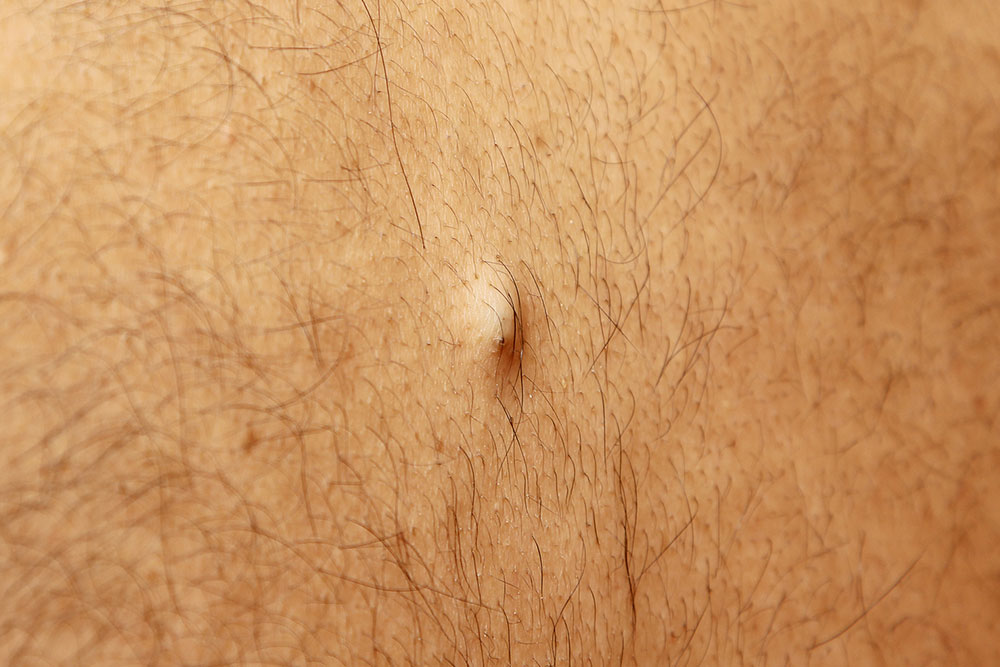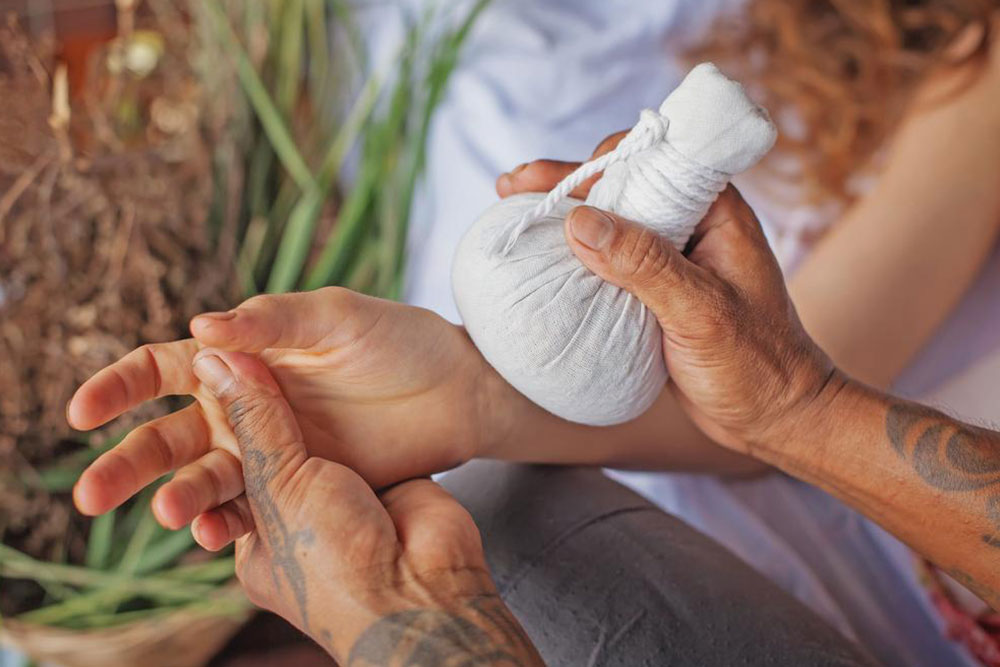Essential Tips for Selecting the Ideal Diaper Rash Treatment
Discover essential tips for choosing the best diaper rash treatments. Learn about effective creams, preventive measures, natural options, and when to seek medical advice. Proper care can quickly relieve discomfort and promote healing, making diaper rash management simple and effective.

Essential Tips for Selecting the Ideal Diaper Rash Treatment
Diaper rash, a common skin irritation in infants and young children, is often misunderstood as neglect but is simply a form of contact dermatitis. It can become infected by bacteria or yeast naturally present on the skin. Topical ointments, especially those with antibiotics, are frequently recommended as effective treatments. Diaper rash, also called napkin dermatitis or ammonia dermatitis, affects anyone who wears a diaper, including adults with incontinence or menstruating individuals. Preventive measures include frequent diaper changes and keeping the area dry and clean.
Effective relief options include barrier creams like petroleum jelly, regular diaper changes, and prescribed topical anti-fungal or antibiotic ointments. Low-potency hydrocortisone creams can help with inflammation, but strong steroid creams and powders should be avoided. Almost all babies will experience this at some point, but with proper care and treatment, it is easily managed.
Many ointments contain zinc oxide, a key ingredient that soothes mild to moderate rashes and promotes healing. Denser, creamy formulations are preferred for gentle application. Butt pastes—now available over-the-counter—create a protective barrier and often combine zinc oxide with natural ingredients like lanolin or beeswax. In severe cases, 1% hydrocortisone cream may be used initially with caution. Lanolin, a natural emollient, is often chosen by parents using cloth diapers for a gentle, natural treatment.
Disclaimer: Our content offers general information and should not replace professional medical advice. Always consult a healthcare provider for personalized treatment options, especially for severe or persistent rashes.










